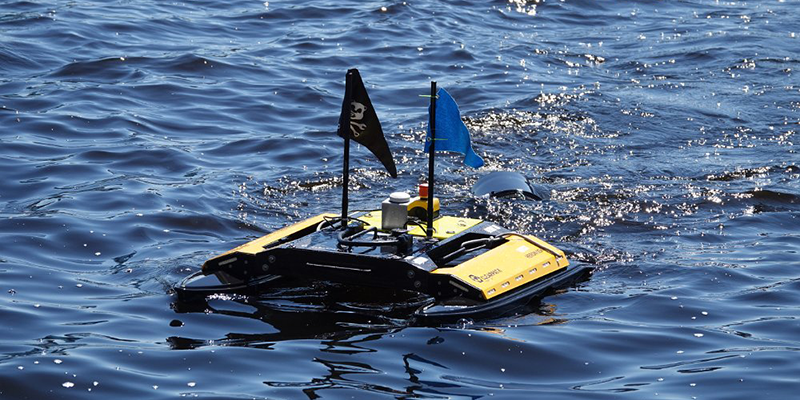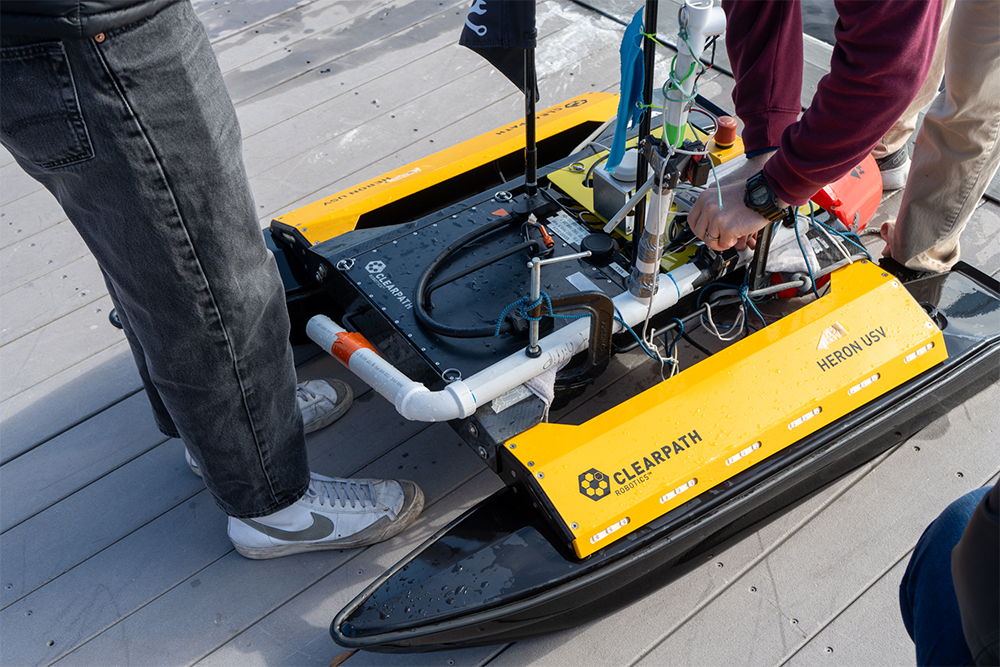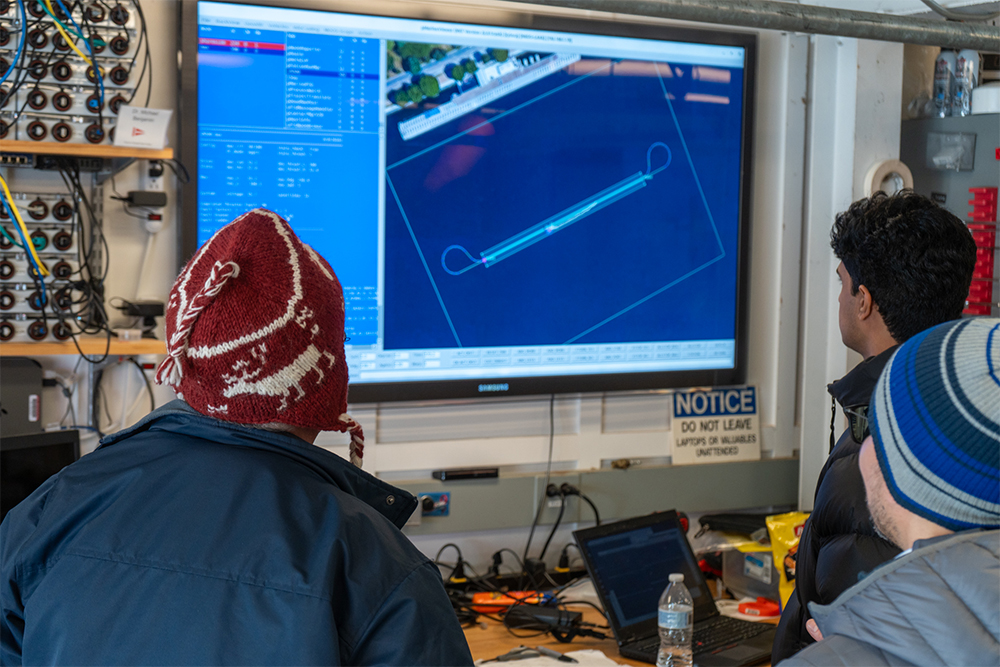Photo credit: Michael Benjamin
Aurora Flight Sciences, a Boeing company, has been putting its “Fast Adaptation and Learning for Control Online” (FALCON) control architecture to the test on the waters of the Charles River in Boston, Massachusetts. The latest tests demonstrated relative vessel-to-vessel station keeping for an underway replenishment (UNREP) scenario and automated passage through the Suez Canal. In each scenario, an autonomously controlled, unmanned surface vessel (USV), employed adaptive control to overcome a variety of disturbances while completing the mission.
The work is part of a seedling program to support the Defense Advanced Research Projects Agency’s (DARPA) Learning Introspective Control (LINC) program. Aurora, teamed with the Massachusetts Institute of Technology (MIT) Aerospace Controls Laboratory and the MIT Marine Autonomy Laboratory (PavLab), is developing and testing machine learning-based introspection technologies that enable uncrewed vehicles, in this case surface vessels, to adapt their control laws as they encounter conditions not predicted at the time of vehicle design. The vehicles autonomously reconstitute control for safe, continued operation and successful completion of tasks.
Underway replenishment, or UNREP, enables resupply of US Navy ships at sea, allowing those ships to always remain mission-ready, wherever they may be. Typically, this task requires helmsmen on both the receiving vessel and the delivery vessel to perform the mission manually. Using a small USV, Aurora modeled how this task could be accomplished autonomously. The autonomous system was challenged with disturbances including thruster failure and Venturi effects. The Venturi effect is difficult to model, and conventional controllers failed to compensate for it. Aurora’s control architecture, however, successfully compensated for the effect to complete the mission successfully.
For the Suez Canal scenario, the team recreated the conditions that lead to a 2021 incident involving a vessel named Ever Given, which blocked the Suez Canal for six days. The Venturi effect, induced by the constricted passageway, was, again, one of the disturbances. On the Charles River, the team constructed a virtual canal scaled to the small USV. A simulated Venturi effect pushed the USV toward the banks of the virtual canal. The team simultaneously triggered a thruster failure and remotely deployed a sail to increase wind loading. With these disturbances, the conventional controller failed, while Aurora’s controller quickly regained vehicle control and provided safe vehicle operation through the virtual canal.
Work on the FALCON program is ongoing, and the team is looking forward to deploying the architecture on larger vessels this spring. The adaptive control architecture is designed for a wide range of complex platforms, including air and land vehicles. It can operate both as an advisor and aid to current platforms or be fully integrated as demonstrated in the LINC program where 2 autonomous vehicles operate collaboratively.
DISTRIBUTION STATEMENT A. Approved for public release. Distribution is unlimited.
ABOUT AURORA FLIGHT SCIENCES
Aurora Flight Sciences, a Boeing Company, advances the future of flight by developing and applying innovations across aircraft configurations, autonomous systems, propulsion technologies, and manufacturing processes. With a passionate and agile team, Aurora delivers solutions to its customers’ toughest challenges while meeting high standards of safety and quality. Learn more at www.aurora.aero




